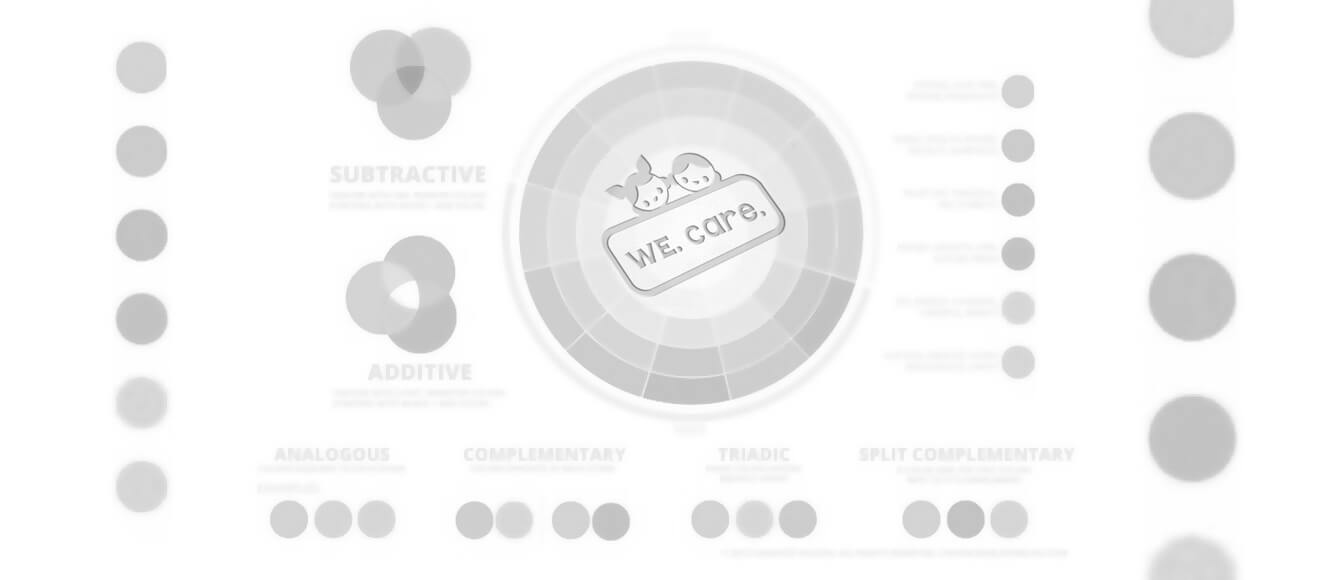How Your Logo Colors Describe Your Brand Identity?
Last Update : 29 July 2017
A brand’s logo and visual identity contain different visual signs, like, shapes, pictures, number and words. But the primary visual portion that people remember most is color. Honestly, color enhances brand awareness by up to 80%. Color has the strength deliver and communicate meanings and messages without words. When it is about branding, the vitality of color is both practical and emotional. On an emotional level, it can impact how clients feel when they look at a brand, while on a practical level it can empower a brand to get everybody’s attention. In general terms, amazing and extraordinary colors are attention-getting but can appear brash. Calmed tones convey a more perplexing picture, but chance being disregarded. More especially, particular ramifications are ascribed to various colors in society. Insight of how logo colors describe your Brand Identity Design:
- Red: It implies eagerness, energy, risk or aggression; warmth and heat. It has moreover been found to stimulate appetite, which describes why it is used as a piece of such an expansive number of restaurants and food item logos. Picking red for your logo can make it feel all the more dynamic.
- Orange: It is seen as the color of progression and advance thinking. It also carries suggestions of youth, fun, moderateness and approachability.
- Yellow: It requires cautious use as it has some negative implications including its suggesting of shortcoming and its use in warning signs. Regardless it is sunny, warm and friendly and is another color that is acknowledged to stimulate appetite.
- Green: It is normally used when an association wishes to complement their trademark and good capabilities, especially with such products as organic and vegetarian food items. Other things include to it are improvement and freshness, and its standard with financial products too.
- Blue: It is among the most widely used colors in corporate logos. It implies cleaned expertise, authentic mindedness, genuineness, sincerity and calm. Moreover, it is also related with authority and achievement, and for this reason is popular with both financial foundations and government bodies.
- Purple: It tends to us of greatness and luxury. It has for quite a while been connected with the church, implying wisdom and regard, and all through history it has been the color of wealth and riches.
- Black: It is a color with a split character. On the one hand it indicates power and sophistication, while on the other hand it is connected with villainy and destruction. More unremarkably, most brand identity design will require an exceedingly differentiating version for use in media in which color is not open – and there is currently a trend for exceptional monochrome logos and word marks.
- White: It is all around associated with perfection, cleanliness, simplicity and blamelessness. In feasible terms, a white logo will constantly need to stay in a colored field to make it show up on a white background. Numerous associations will have a toned frame and a white version of their logos; for example, the Coca-Cola word stamp appears in white on its red tins and brown bottles however is used as a piece of red when required on a white background.
- Brown: It has masculine ramifications and is often used for things related with rural life and the outdoors.
- Pink: It can be fun and teasing, but its feminine associations infers it is as often as possible kept up a vital separation from for things not especially targeted at women.
These affiliations are not rigid principles, clearly, but they’re worth keeping in mind as you settle on your color choices. Remember that the general impact of your logo design will depend not on the colors themselves yet rather upon how these coordinate with the shapes and substance.


